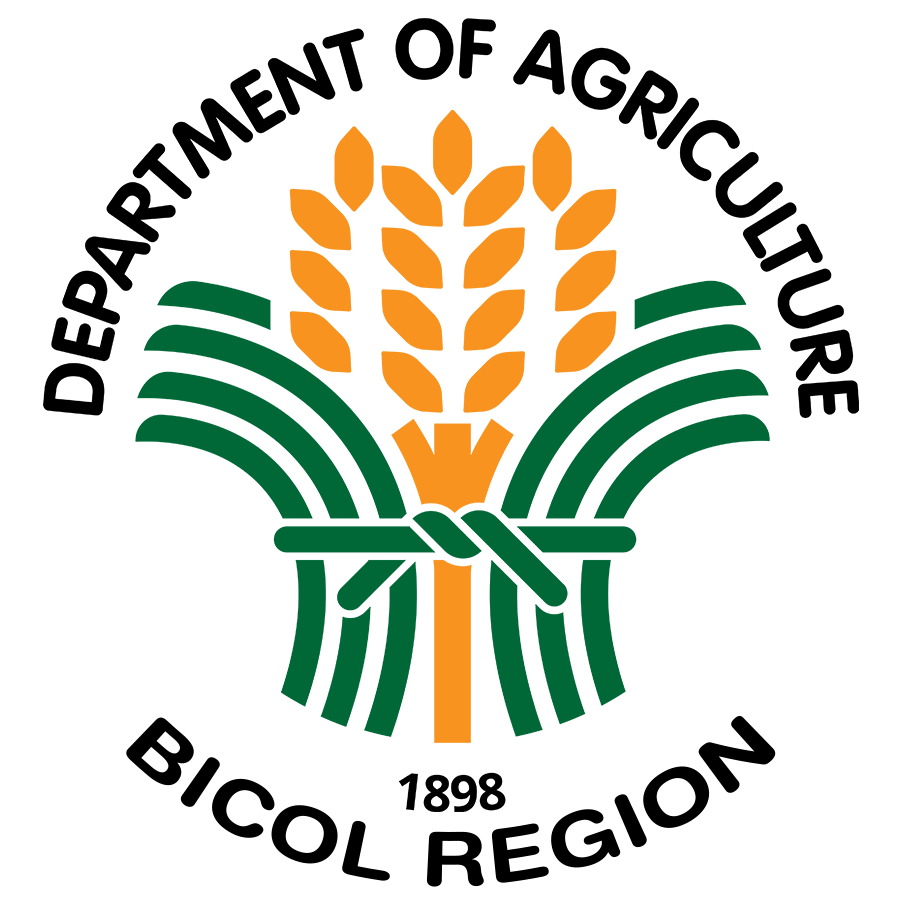PILI,
CAMARINES SUR– Cassava, Manihot esculenta Crantz is a major root crop consumed as food or
used as textile, paper, plywood, medicine, starch and alcohol. Its production
in the Philippines is a growing industry with a production volume of 2, 710,
919 metric tons and contributed a total of 14.86 billion pesos in 2015 (PSA
2016). In Bicol, there are over 500 hectare of cassava plantation found in
Buhi, Camarines Sur and 30 hectare model farm was established by DA Bicol in
Masbate.
But Arthropod pests cause yield losses to cassava production. There are 4 major
arthropod pests in cassava; Mealybugs, Whiteflies, Scale insects and Red spider
mites.
To address this concern, the National Crop Protection Center College of
Agriculture and Food Science of the UPLB conducted a study entitled “Molecular
Diagnostics and Taxonomy of Cassava Pests and their Natural Enemies” funded by the National Research Council of the
Philippines-Department of Science and Technology.
The result of this study was presented by the research team to about 20
researchers, professors and technical staff from DA and CBSUA at the DA Library.
Dr. Bonifacio Cayabyab, the project leader said that the general objective of the project is to identify cassava arthropod pests complex taxonomically and molecularly, perform targeted search of natural enemies against cassava pests as possible biological control agents and determine soil micro fauna community in cassava plantations.
Janice Laquinta, University Research Associate discussed about the DNA Barcoding of Cassava Arthropod Pest. According to her, DNA Barcoding is basically a method of identification also which uses molecular level approach and it is just like putting a specific marker on every species. “The advantage of DNA Barcoding is that, kahit wala ng legs yung insect, pwede pa rin natin siyang ma- identify through molecular. Kasi kahit anong parte ng katawan, same lang ang DNA ng isang organism” she said. “Even the immature insects can also be identified”, she added.
Study Leaders, Karen Ardez and Maureen Ceres De Roxas discussed Natural Enemies from Selected Cassava Plantations in the Philippines and Soil Mesofauna in Cassava Plantations, respectively.
Natural Enemies are organisms that kill, decrease the reproductive potential of, or otherwise reduce the numbers of another organism. Soil mesofauna are arthropods that dwell in the soil and can be harmful or beneficial to any crop.
In addition, Laquinta said that these pests
exist if a cassava plantation has dirty surroundings. “Yung mga naka kalat na planting materials should be disposed properly
because it can be the source of diseases”, she stressed.
After the presentations, the participants were given the opportunity to take a
look of the real samples of natural enemies and arthropod pests on cassava
through the microscope.
Meanwhile, Dr. Cayabyab, distributed Pheromone traps to the participants. Pheromone Traps were made from 4-6 liter plastic gallons with a small whole and bait inside. Pests that will be caught in the trap will be used for study. (Z. Abogado- RAFIS/Staff)
